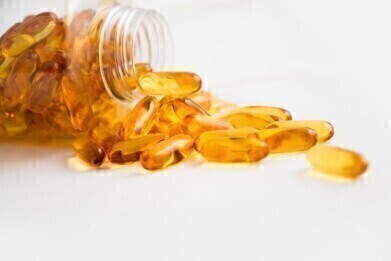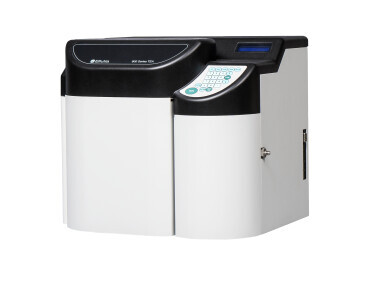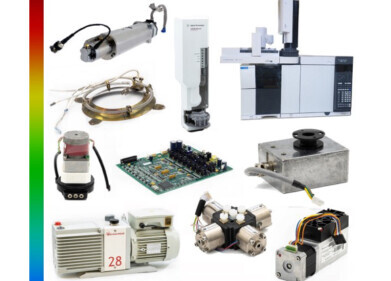Chromatography
How is Downstream Bioprocessing Used?
Dec 13 2022
From food and pharmaceutical products to chemicals and fuels, bioprocessing involves harnessing the properties of living cells and their components to create useful products. These can be anything from vaccines and medications to eco-friendly biofuels and industrial chemicals. Bioprocessing is split into two main stages – upstream and downstream. Below, we take a closer look at downstream bioprocessing and the role it plays in the creation of high-value products.
Defining downstream bioprocessing
Downstream bioprocessing takes place after upstream steps like isolating and cultivating cell lines have been completed. The downstream process includes harvesting materials such as cells, microbes and fermentation broth. Harvested materials must then be purified to remove debris and contaminants. Other key downstream processes include product polishing. This describes the process of packaging the finished product in a form that’s stable and easy to store, transport and distribute. Steps like recycling by-products and disposing of waste also fall under the downstream bioprocessing umbrella.
The purification process
Purifying harvested materials is an important downstream bioprocessing step. Manufacturers are continually on the search for new ways to streamline the process and extract as much usable material as possible, without affecting quality or purity. A paper published in the Journal of Membrane Science spotlights ion exchange membrane chromatography (IEMC) as an exciting new solution for protein purification.
“Modern laboratory-made membranes with polymeric chains of tuneable surface area and charge allow for high binding capacity (up to 10-fold higher than that of traditional resins) while simultaneously mitigating the loss of permeance due to the introduction of grafted layers up to 40%,” reads the abstract.
Digitisation in bioprocessing
Digital technologies are transforming downstream bioprocessing and helping to improve efficiency across the board. In an article published in the journal Biosensors and Bioelectronics X, the authors introduce soft sensors as a digitised solution for monitoring and controlling downstream processing in the biotherapeutic sector. The article explains how soft sensors use spectroscopic methods and statistical techniques to predict target process variables, boost efficiency and optimise the manufacturing process. It's part of a new trend called “smart manufacturing” designed to reduce operational costs and streamline operations.
“Establishment of online sensors and predictive models serve as the foundation for real-time interventions, such as process control (e.g., pooling) and real-time release,” reads the article. “Production efficiency, yield, and product quality can all be enhanced, and time-consuming offline analyses can be substantially reduced.”
Want to know more about bioprocessing and the different stages? Don’t miss our complete guide to bioprocessing, including a closer look at the different industries that rely on materials derived from natural sources like animal cell lines and plant tissue, in ‘What is Bioprocessing? Guide to Upstream & Downstream’.
Digital Edition
Lab Asia 31.2 April 2024
April 2024
In This Edition Chromatography Articles - Approaches to troubleshooting an SPE method for the analysis of oligonucleotides (pt i) - High-precision liquid flow processes demand full fluidic c...
View all digital editions
Events
May 05 2024 Seville, Spain
InformEx Zone at CPhl North America
May 07 2024 Pennsylvania, PA, USA
May 14 2024 Oklahoma City, OK, USA
May 15 2024 Birmingham, UK
May 21 2024 Lagos, Nigeria




.jpg)













